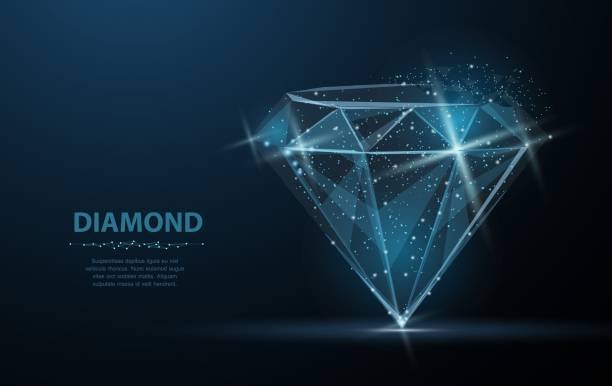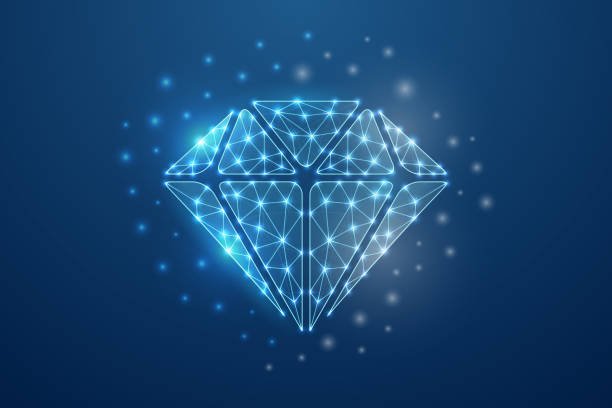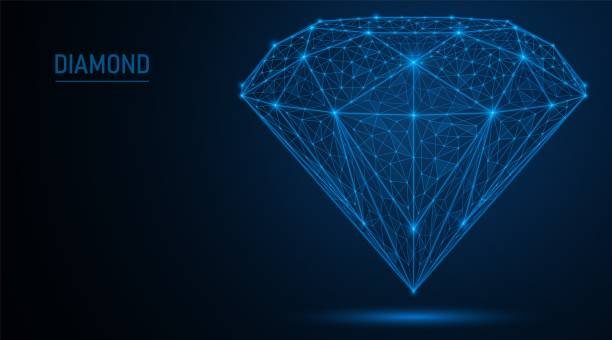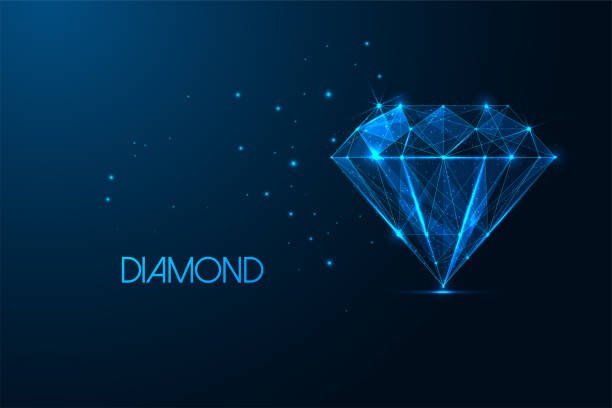They say all that glitters isn't Gold, but in this case, they can be lab-grown diamonds. Now, I don't know about you, but when I first heard about these shiny beauties being made in a lab, my mind was blown faster than a birthday candle in a hurricane, then I got curious, how exactly?

src
Now lets just assume that you're strolling through the mall, minding your own business, when suddenly you spot a dazzling display of diamonds in the jewelry store window. You moved in for a closer look, ready to drool over some serious carats, when the salesperson drops a bombshell on you. "These diamonds?" they with a sly grin, "They're not dug up from the Earth like your grandma's pearls. Oh no, these babies were cooked up in a lab, just like freshly made bread from a local bakery" The question is how on earth do you make a diamond in a lab? I asked the same questions, luckily I did a bit of digging (pun intended) and unearthed the secrets behind these shimmering gems. So grab your lab coat and safety goggles, because we're about to dive headfirst into the science of the bling bling.

src
First things first, let's talk about the two main methods for cooking up these bad boys: the High-Pressure High-Temperature (HPHT) method and the Chemical Vapor Deposition (CVD) method. Now, I won't bore you with the nitty-gritty details (mostly because my brain starts to hurt when big words get involved), but I'll give you the lowdown in terms even your pet goldfish could understand. In the HPHT method, it's all about recreating Mother Nature's recipe for diamond-making. You start with a teeny-tiny diamond seed – think of it like the starter dough for a batch of grandma's famous cookies. Then, you stick that seed in a fancy-schmancy enclosement that cranks up the heat and pressure to levels that would make even the Hulk sweat. This creates the perfect conditions for those carbon atoms to cozy up and form a beautiful, sparkling diamond crystal. Voila! You've got yourself a lab-grown diamond hotter than the surface of the sun (okay, maybe not that hot, but you get the idea).

src
But wait, there's more! Enter stage left: the CVD method, aka the diamond-growing process for the tech-savvy crowd. With this method, it's all about playing matchmaker between carbon atoms and a diamond seed. Picture it like a high-stakes game of Tetris, where the goal is to fit as many carbon atoms onto the seed as humanly possible. You start by tossing the diamond seed into a chamber filled with a carbon-rich gas – think of it like a diamond's version of a spa day. Then, you crank up the heat and let the magic happen. The gas breaks down into its atomic components, and those sneaky carbon atoms start to cozy up to the seed, layer by layer, until before you know it, you've got yourself a full-fledged diamond crystal. It's like watching a diamond grow right before your very eyes, except without the time-lapse footage and voice over. But here's the kicker, these lab-grown diamonds aren't just cheap knockoffs or wannabe imposters. Oh no, they're the real deal – genuine diamonds with all the sparkle and shine of their Earth-mined counterparts. It's like getting a designer handbag for half the price, except instead of a handbag, it's a rock that's been sitting in a lab for a few weeks. But hey, beggars can't be choosers, am I right?

src
So there you have it, folks – the not-so-secret recipe for cooking up your very own lab-grown diamonds. Whether you're a science nerd with a penchant for shiny things or just a regular guy looking to impress your sweetheart with a sparkly-shiny gift, there's no denying the allure of these man-made marvels. So the next time you're in the market for some bling, skip the Earth-mined diamonds and go for the lab-grown variety. After all, why dig when you can grow? lol Thanks for reading
https://www.queensmith.co.uk/diamond-guides/lab-grown-diamonds/how-are-lab-grown-diamonds-made
https://www.gemsociety.org/article/lab-grown-diamond-production-methods/
https://www.ritani.com/blogs/education/how-are-lab-grown-diamonds-made
https://kimai.com/learn/lab-grown-diamonds/how-are-lab-grown-diamonds-made/
https://phys.org/news/2023-09-experts-diamonds-grown-lab.html
https://www.withclarity.com/blogs/diamond/how-are-lab-diamonds-created
- All image were gotten from iStockphoto.com